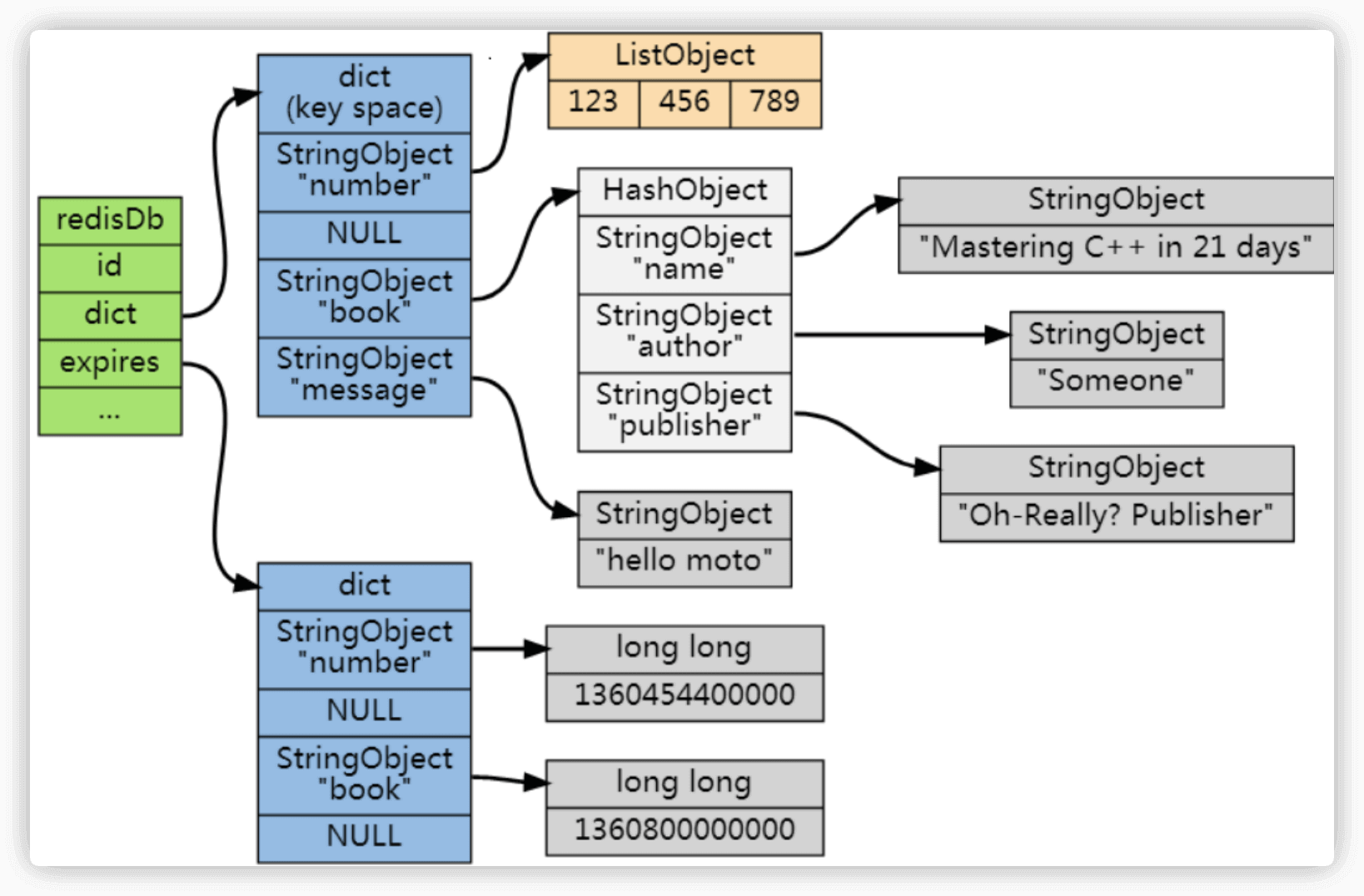What is a transaction and why distributed?
A transaction is a sequence of operations that are performed as a single unit of work. The main goal of a transaction is to ensure that the data remains consistent and reliable, even in the face of failures or errors.
Achieving scalability and availability requires distributed systems. Also, to guarantee atomicity in global transactions across components.
There are two kinds of structures in distributed transactions:

 Using
Using 





